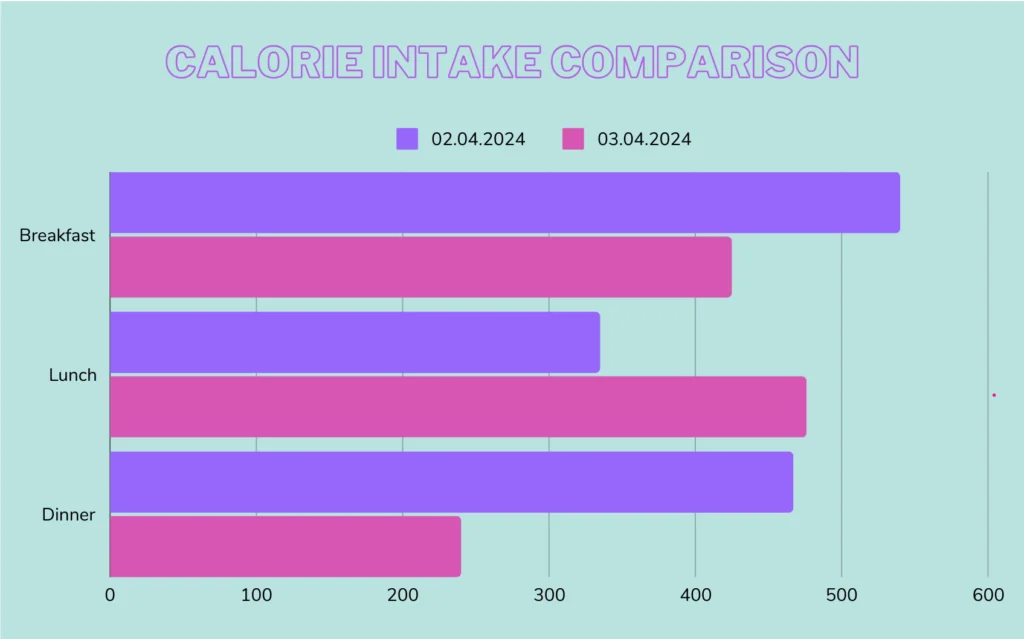Did you ever notice, that most research articles you can look up include not only textual material but also some type of visualization? We are talking about graphs, diagrams, and tables. These are all the types of material that can help you strengthen or support your arguments as well as show your own findings in the paper. If you are planning on including (or already attached) one of these figures to your research, you need to know how to properly cite them. In this guide, we will give you some guidelines on how to properly cite graphs in APA and MLA.

✅ AI Essay Writer ✅ AI Detector ✅ Plagchecker ✅ Paraphraser
✅ Summarizer ✅ Citation Generator
However, before we move straight to the rules, we want to make a small note. Despite the formatting style you choose for your paper, the arrangement of your citation will largely depend on the source, and where the graph or diagram is coming from. So in both instances of APA and MLA citations, we will be looking into citation of graphs that come from online sources, and those that were found in books.
Citing a Graph: APA 7th Edition
APA 7th is a popular formatting style, especially in social sciences. And graphs are very widely used in that field so let’s quickly break down the general guidelines and move on to the examples.
General Guidelines for Citing Graphs
- Label the graph as a Figure followed by a number in bold: Figure 1
- Add a descriptive title in italic title case on the next line underneath
- The image of the graph itself should be clear, with any necessary legends or keys included within the figure to explain the symbols or colors used.
- If the graph is not original, a note should be included below the figure to provide copyright attribution, and if applicable, a statement of permission if the graph has been reproduced or adapted.
- This note should also contain the source of the graph. Here, though, there are a few differences.
So, if your graphs come from:
– a book, include: the title, author, year, and publisher;
– an article, include: the title, author, year, journal title, volume, issue, and page number - Additionally, in-text citations should refer to the figure by its number, and a corresponding reference list entry should be provided with full details of the source.
Now, as we sorted out the key rules, let’s take a look at a bright example of properly formatted APA 7th graph citations.
Figure 1.
Calorie intake comparison by day

When mentioned in the text, this graph should be referenced the following way
“According to Figure 1, we see that…”
As to the reference list entry, you should use the structure in the picture below as an example:

It’s also important to consider the requirements for your work suggested by your professor. Sometimes, you might not be allowed to add colorful graphs, so be sure to check out those rules and whether they influence the information you present in your paper.
Let’s take a quick look at what a graph citation of a figure taken from an outside source would look like.
Figure 2.
The usage of school supplies across different types

Reference list entry:’Graph – Definition, Types, FAQs, Practice Problems, Examples’. Retrieved from https://www.splashlearn.com/math-vocabulary/geometry/graph
How to Cite a Graph in MLA
As we mentioned earlier, it is very important to consider which source your graphs are coming from before moving on to cite them. When a graph is published in a journal article, book, or book chapter, it is common practice to cite the work and provide the page number in the in-text citation. If the graph is found online and not published in a conventional source, refer to MLA photo citation guides for appropriate formatting.
There is an alternative, easy way to handle this task: our Free Citation Generator can speed up the daunting process and provide you with properly formatted academic citations in no time.
General Guidelines for Citing Graphs
- Include an author’s last name and name as presented in the source. For two authors, reverse only the first name, followed by ‘and’ and the second name in normal order. For three or more authors, list the first name followed by et al.
- Then list the title of the graph. Here, italicize the title if it’s independent. However, if it’s a part of the bigger name, put the title in “quotes” and don’t italicize it.
- If the source presents the year of publication – state it after the title.
- List the title of the website (using UP for University Press where applicable, if there’s no name, the Press should be spelled out fully)
- and then add a URL, including the http:// or https:// prefix.
As to the in-text citations for a graph, they should include the surname of the creator and the page number in parentheses. If the creator is not mentioned, use the graph’s title or description instead. For online sources, do not list a page number at all.
Examples
Graph citation from a digital source: Mason, Clara. “Classroom media usage in young adults.” 2015. Psych Publish, psychology-now.org/graphs/social-media-stats/.
In-text citation of a graph from a book on page 208: “Survey showed that 80% of high-school students were sleep-deprived” (Aldi, 208).
If without author: “Survey showed that 80% of high-school students were sleep-deprived” (“Sleep deprivation in Students”, 208)
In-text citation of a graph found online: “It is estimated that 60% of start-ups go bankrupt in the first 10 years” (Eid).
FAQ
Follow us on Reddit for more insights and updates.





Comments (0)
Welcome to A*Help comments!
We’re all about debate and discussion at A*Help.
We value the diverse opinions of users, so you may find points of view that you don’t agree with. And that’s cool. However, there are certain things we’re not OK with: attempts to manipulate our data in any way, for example, or the posting of discriminative, offensive, hateful, or disparaging material.